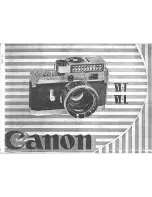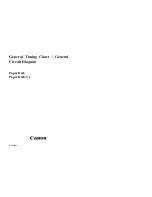
58
As a policy of continual improvement, RMF reserves the right to alter the specification without prior notice.
201.028 REV 1
Date of Issue: 18 June 2018
11 Reference
11.1 Further Modbus Information
The CMS is a Modbus Slave. That is, it responds only to commands sent to it by the Modbus controller (the
Modbus Master). The controller can be a program running on a PC, or a PLC.
Modbus requests are sent to the configured CMS node address. If there is only one CMS on network segment,
then the ``Permanent Address’’ of 204 can be
used. If there is more than one, then unique node addresses must
be configured for each.
NOTE: This is not part of the Modbus specification (and in fact violates it). The CMS will always respond on node
address 204, in addition to the other set value. This was done so that RMF-View can connect directly without
configuration or scanning of the network.
The Master periodically sends a Modbus command ``frame’’ to the
CMS node address. The CMS acknowledges
each request with a response frame.
11.1.1 Modbus Registers
The Modbus protocol defines many types of information interchange commands (``function codes’’). However in
order to simplify implementation the CMS only uses one type -
the Modbus ``Register’’. Conceptually the
CMS
appears as a collection of Modbus Registers. Each register is numbered - the CMS has 125 registers.
Each register holds a number representing some quantity. For example, register number 2 holds a number
indicating the CMS software revision.
11.1.1.1 Register Numbering
Addresses shown here
are those appearing ``on the wire’’. Unfortunately some Modbus controllers may translate
these addresses to different ones. For example for some controllers the user will need to use ``addresses’’
starting at 40000 instead of 0.
The CMS uses the registers from 0-124 (this allows all registers to fit in a single Modbus frame). Registers can be
divided into classes as follows:
Status Registers
–
these are
‘
read only
’
registers that indicate test results and CMS status. They can be read freely
at any time (although test results are only valid after a successful test).
Setting Registers
–
these are read-write registers used to hold the CMS settings.
Take care not to inadvertently
write to any of these registers since the CMS settings will be altered!
Calibration Registers
–
Some registers, not documented here, are protected settings that can only be altered
during factory calibration.
Number
Function
Units
Representation
0
Product ID
Unsigned integer
1
Protocol ID
Unsigned integer
2
Firmware Version
X100
Unsigned integer
3
Hardware options
Bitmap
4-5
Machine Serial Number
32 bit unsigned integer
6
Modbus Address
Integer
7
Ignore Initial N
Unsigned integer
8-9
Test Number
32 bit integer
Summary of Contents for CMS 2
Page 1: ...User Manual CMS2...
















































